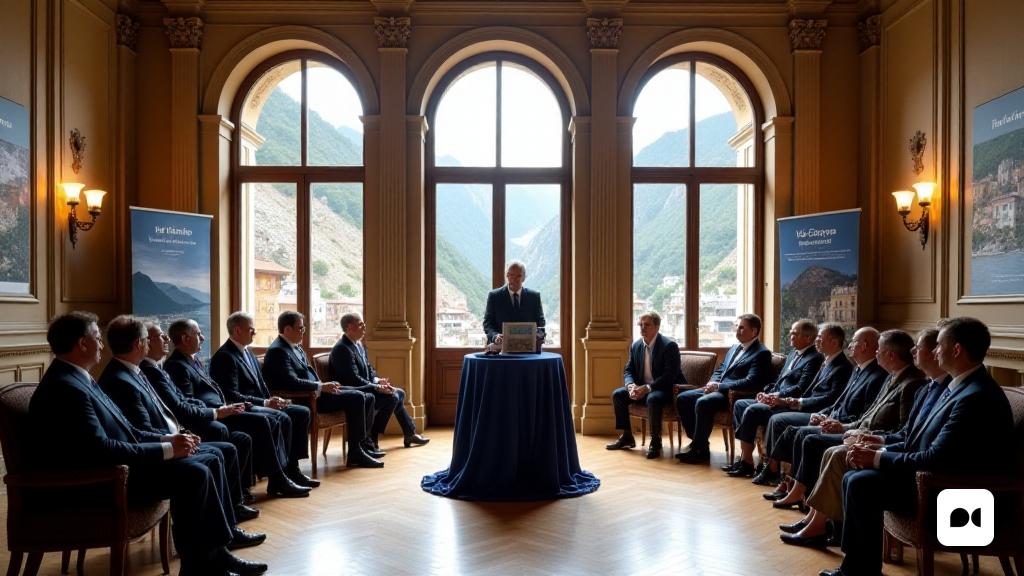A journey through place names
The General Council will become the stage of a presentation on Monday afternoon that promises to enrich the understanding of the Andorran cultural heritage. ‘Val de Norra’, a book that goes into the depths of the country’s toponymy, will be the focus of attention at six in the evening.
A new look at toponymy
More than a simple inventory of names, this work, directed by Albert Pujal Trullà, who already contributed to ‘History of all the names of the house of Andorra’ in 2014, offers a deep analysis on the origin and significance of these names. Through a meticulous study, the book reveals how the names of the places make up a cultural map that connects residents with their environment.
Hybrid Methodology I Diverse Perspectives
The authors of the prologue emphasize the importance of this volume, considering it an ‘essential compendium’ that will gain value over time. ‘Val de Norra’ not only provides data, but also promotes the debate on the interpretation of place names that have caused controversy over the years.
A thorough investigation
Its methodology combines the field experience with the analysis of notarial documents, thus creating a rich and diverse approach. The testimonies of the people who have lived in these places add a living dimension to the study, while the academic review of the texts provides a historical and legal perspective that enriches the understanding of the subject.
Toponymy as a reflection of identity
In a territory where the names of the places are deeply intertwined with cultural identity, ‘Val de Norra’ serves as a tool for the preservation of a linguistic legacy that runs the danger of extinction. Through the names, narratives of agricultural traditions, everyday life and interaction with the landscape are explained.
An event open to the public
The presentation of the book is not only an institutional event, but an invitation to the community to reflect on the importance of toponymy as a cultural heritage. This is an opportunity to dialogue and share perspectives on the way the names of the places help us to better understand who we are as a society.
A commitment to the future
The impact of this work goes beyond the moment of its presentation; It is a reminder of the value that our roots have and the need to keep the Andorran language and culture alive for future generations.

